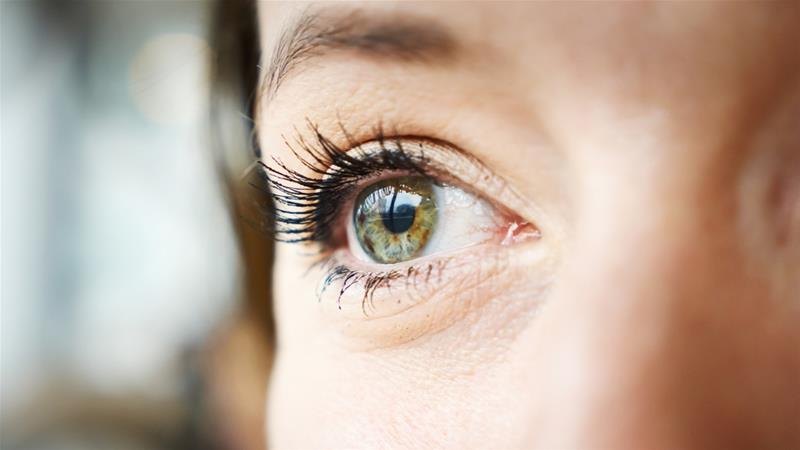It appears as if the eye might just have it. Going forward, the human eye might just be added to the list of body parts that seem to be affected by COVID-19.
In a recent study published in JAMA Ophthalmology, it was found that 31.6% of 38 consecutive patients having COVID-19 at the Yichang Central Hospital located in Hubei, China had, eye-related symptoms.
Notably, this study came with its own limitations, however, the findings have shown that the eye could just be a gateway for the passage of the severe acute respiratory syndrome coronavirus 2 (SARS-COV2).
And from all indications, this could come with serious implications.
This study was conducted by a team of doctors from a University in China on patients with the cases that underwent treatment from February 9 to 15, 2020.
So we can assure that this wasn’t just a random sample test, however, it lacked the diversity of patients and a controlled population for making a significant comparison.
Out of the 12 patients that were subject to the study, seven of them had Epiphora.
This usually occurs when the eye gives off excessive tears. Excessive tears, not in terms of emotional outbursts but an abnormal overflow of tears such that they start to stream down your face.
You may want to consult your eye doctor on noticing this abnormality.
This usually occurs when the lacrimal gland has produced an abnormally large amount of tears or when the tear duct gets blocked by an inflammation which thus prevents the proper drainage of tears along the ducts.
The first symptom of COVID-19 noticed by one of the patients in this study was excessive tear production.
Going further, eight of the patients had swelling on their conjunctiva. Swelling or inflammation of the conjunctiva is Conjunctivitis or the pink eye. The conjunctiva is the transparent part of the eye that covers the front of the eyeball.
Three of the patients suffered conjunctival hyperemia, a condition that leads to blood flow to the conjunctiva, making it appear red. Seven of these patients had eye secretions but none suffered blurry vision.
We can’t all base our findings on 38 patients as it is a small representation of what could have been used to authenticate the theory and it is not all clear from the publication if these patients under the survey had other medical conditions before getting infected with SARS-CoV2.
Watch out on our blog as we bring you the concluding part of this study.

